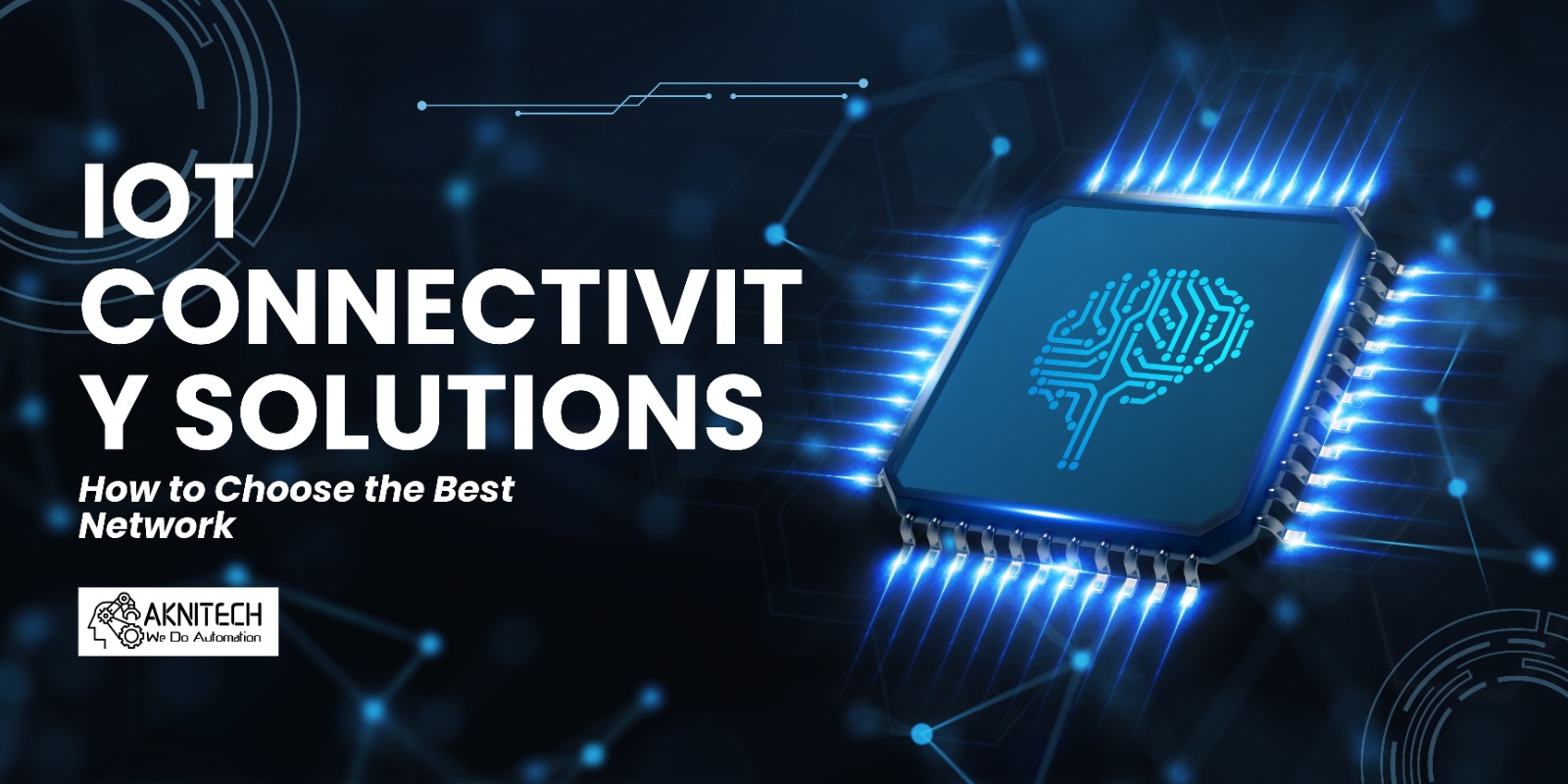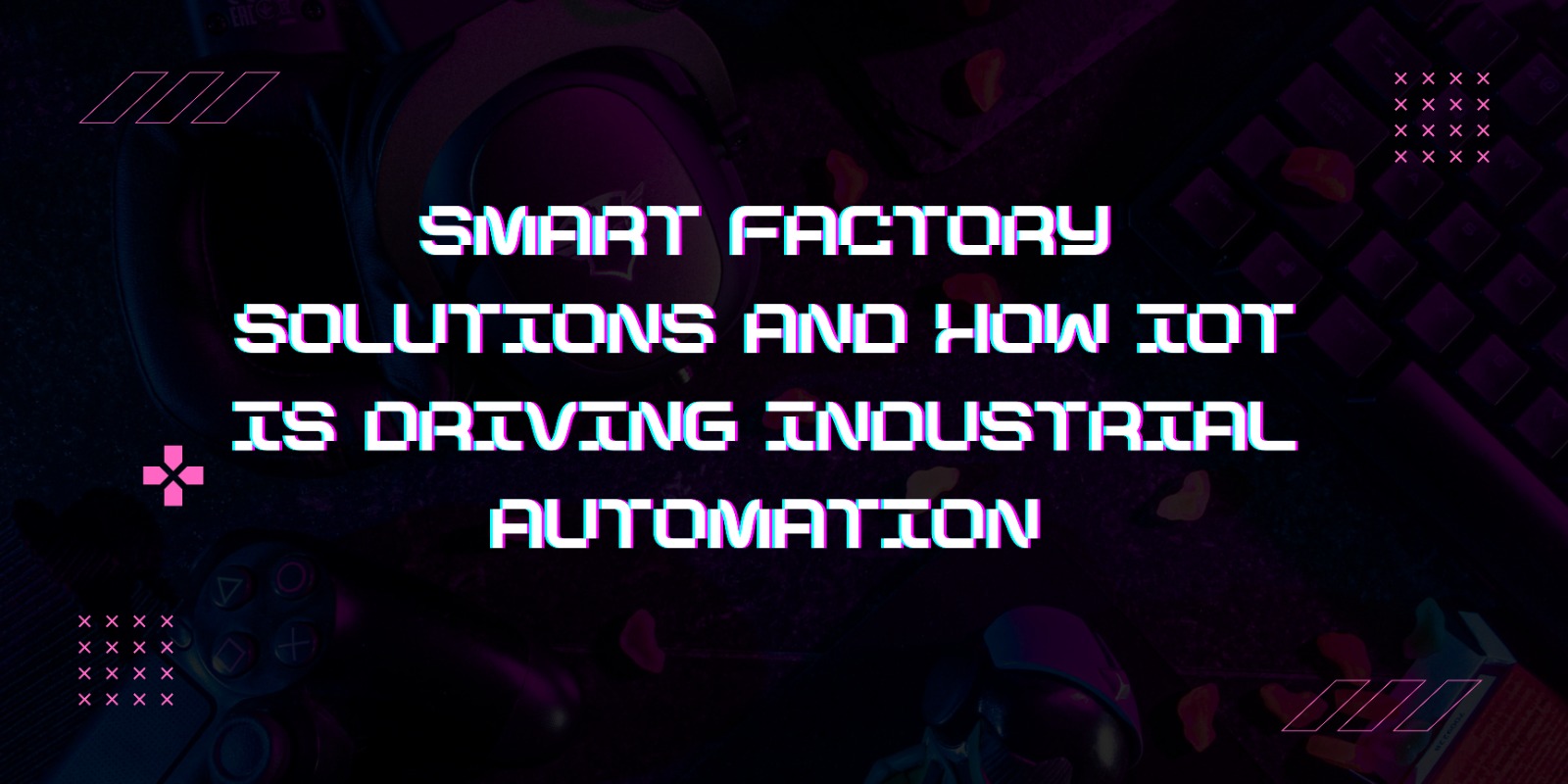Introduction to PLC Logic Development
Programmable Logic Controllers (PLCs) are the backbone of modern industrial automation. PLCs serve as specialized computing devices designed to manage processes and control equipment in manufacturing plants, assembly lines, and various automated systems. Central to the functioning of a PLC is PLC Logic Development—the process of designing, coding, and optimizing the instructions or “logic” that the PLC will follow to control equipment and processes. Effective PLC logic development is crucial in ensuring smooth, efficient, and precise automation, helping businesses achieve better productivity, accuracy, and safety standards.
This article delves into what PLC logic development is, its methodologies, types, and why it holds such an essential place in automation.
1. Understanding PLC Logic Development
PLC logic development involves writing and structuring the code that a PLC will execute to perform automated tasks. These tasks can range from controlling machinery to monitoring sensor data, managing industrial processes, and even integrating different subsystems for synchronized operations.
Programming Languages in PLC Logic Development: PLC logic is typically programmed in specific languages compliant with the IEC 61131-3 standard, which includes:

- Ladder Logic (LD): A graphical language that resembles electrical relay logic diagrams.
- Function Block Diagram (FBD): A visual method that represents the logic as blocks connected by lines to show data flow.
- Structured Text (ST): A high-level textual language similar to programming languages like Pascal.
- Instruction List (IL): A low-level textual language, somewhat resembling assembly language.
- Sequential Function Chart (SFC): A flowchart-based approach used for more complex processes.
Each language has unique strengths, and the choice often depends on the complexity of the task and the specific industry requirements.
2. Key Components of PLC Logic Development
Successful PLC logic development integrates several critical elements, including:
- Input/Output (I/O) Mapping: The PLC reads data from sensors and sends instructions to actuators. Understanding and mapping these I/O points is the first step in designing PLC logic.
- Sequencing and Timing: Many automated tasks are sequence-dependent. Accurate timing ensures that each action is carried out in the correct order and at the right time.
- Interlocking and Safety Mechanisms: Safety interlocks prevent unauthorized or unsafe actions. This ensures that operations remain within safe parameters and equipment is not damaged.
- Error Handling: Implementing robust error-handling logic allows the PLC to handle unexpected events, minimizing downtime and preventing system failures.
3. Importance of PLC Logic Development in Automation
PLC in automation for several reasons:
A. Efficiency and Productivity
Efficiently written PLC logic optimizes the operation of machines and processes, leading to faster production cycles, minimal downtime, and optimal resource use. By developing logic that streamlines production, companies can significantly boost productivity.
B. Precision and Consistency
Automated systems rely on exact instructions. PLC logic development enables precise control over tasks, ensuring every product meets the same quality standards with little variance, which is especially crucial in industries like pharmaceuticals, electronics, and automotive manufacturing.
C. Flexibility and Scalability
With well-structured PLC logic, manufacturers can easily modify or expand their systems to adapt to new products or production lines. This flexibility reduces the time and costs associated with reconfiguring the entire setup, helping companies keep pace with changing demands.
D. Enhanced Safety and Compliance
Safety is a core feature of PLCs, and logic development includes configuring safety interlocks, emergency stops, and alerts. By implementing these safety mechanisms, organizations not only protect employees and equipment but also meet regulatory requirements.
E. Data Collection and Analysis
Modern PLCs can collect data, such as cycle times and equipment performance metrics, which can be analyzed to optimize processes further. This data-driven approach contributes to predictive maintenance, reducing unexpected failures.
4. The Process of PLC Logic Development
Developing effective PLC logic involves several structured steps:
Step 1: Define Objectives and Requirements
Begin with a thorough understanding of the process to be automated. Identify requirements, desired outcomes, and specific challenges. Collaboration with engineers, operators, and end-users can ensure the logic design meets practical needs.
Step 2: Create a Process Flow Diagram
Mapping out the entire process in a flow diagram highlights sequences, interdependencies, and possible control points, providing a roadmap for PLC Programming Languages .
Step 3: Choose the Programming Language
Selecting the most appropriate programming language based on the complexity and requirements of the project is essential. For example, Ladder Logic is common in simpler tasks, while Structured Text may be used for more complex programming.
Step 4: Design and Code the Logic
The core development phase involves coding the actual logic that the PLC will execute. This process typically includes defining the I/O points, timing functions, sequences, and interlocks.
Step 5: Test and Debug
Testing is a vital step in PLC logic development. Testing should occur in both simulation and real-world environments to identify errors, bugs, or inefficiencies.
Step 6: Deploy and Monitor
Once deployed, monitoring the PLC’s performance allows developers to spot any issues that may arise during operation, fine-tuning the logic as needed to improve efficiency.
5. Types of PLC Logic in Industrial Applications
Different types of PLC logic are used based on the nature of the process and industry requirements:
- Open Loop Control Systems: These systems operate based on predefined parameters without feedback. Open loop systems are simpler but less adaptive to changes.
- Closed Loop Control Systems: Closed loop systems adjust based on real-time feedback, enabling better accuracy and adaptability.
- Batch Processing Logic: Often used in industries like food processing or pharmaceuticals, where materials are processed in batches rather than a continuous flow.
- Continuous Process Logic: Common in sectors like petrochemicals, where processes are ongoing and require constant monitoring and control.
6. Advanced Trends in PLC Logic Development
The landscape of PLC development is evolving with technology advancements, bringing new features and capabilities to enhance automation: PLC in industrial automation
A. Integration with IoT and IIoT
The Internet of Things (IoT) and the Industrial Internet of Things (IIoT) allow PLCs to connect with sensors, cloud systems, and analytics platforms. This integration improves data visibility, enabling more sophisticated process control and predictive maintenance.
B. Edge Computing
Edge computing enables data processing closer to the PLC’s location, reducing latency and enhancing real-time responsiveness. This is especially useful in applications requiring fast decision-making and control.
C. Machine Learning and AI Integration
Some industries are beginning to integrate machine learning algorithms with PLCs to analyze data and make adjustments, creating adaptive systems that self-optimize over time.
D. Remote Access and Cloud-Based Monitoring
With the growing trend of cloud-based solutions, PLC systems can now be monitored remotely. This flexibility allows for better maintenance and troubleshooting capabilities.
E. Cybersecurity in PLC Development
As PLCs become more connected, ensuring cybersecurity has become paramount. Developing secure logic and protocols to protect these systems from cyber threats is an integral part of modern PLC logic development.
7. Examples of PLC Logic Development in Different Industries
Several industries benefit from well-developed PLC logic:
- Automotive: PLCs control production lines, from welding to painting, ensuring each process is accurately timed and consistent.
- Food and Beverage: Batch processing and quality control are crucial, and PLCs help maintain strict standards for each product line.
- Pharmaceuticals: Precision and strict regulation compliance make PLC logic indispensable for ensuring consistent product quality and safety.
- Oil and Gas: PLCs handle complex, continuous processes that require real-time adjustments based on feedback for safe operation.

Conclusion
PLC logic development is a foundational element in industrial automation, enabling systems to function with precision, flexibility, and efficiency. As industries adopt more advanced technologies, the role of PLC logic will only expand, offering even more sophisticated control over processes and equipment. With trends like IoT integration, machine learning, and edge computing, PLC logic development is evolving to meet the demands of modern industrial environments, making it essential for businesses looking to achieve competitive advantages in production quality, speed, and safety.
By understanding the intricacies of PLC logic development and staying updated on the latest advancements, companies can maximize their automation systems’ potential, paving the way for smarter, more efficient, and highly resilient operations.







